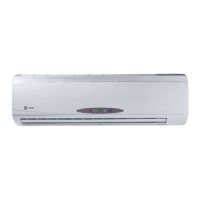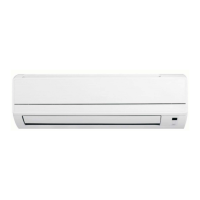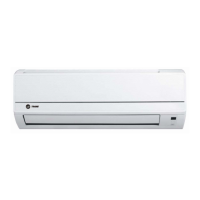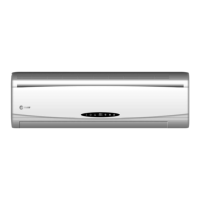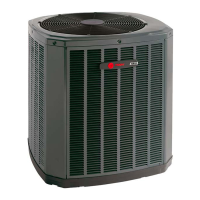What to do if there is water leakage in the room from my Trane 4MXW6-A Air Conditioner?
- JJeremy AdamsAug 1, 2025
If you notice water leaking into the room from your Trane Air Conditioner, it could be due to a few reasons. High air humidity can be a factor. Another potential cause is a blocked drain tube causing water overflow; in this case, contact your Authorized Trane dealer. Also, check if the connection of the indoor unit's drainage pipe is loose.
